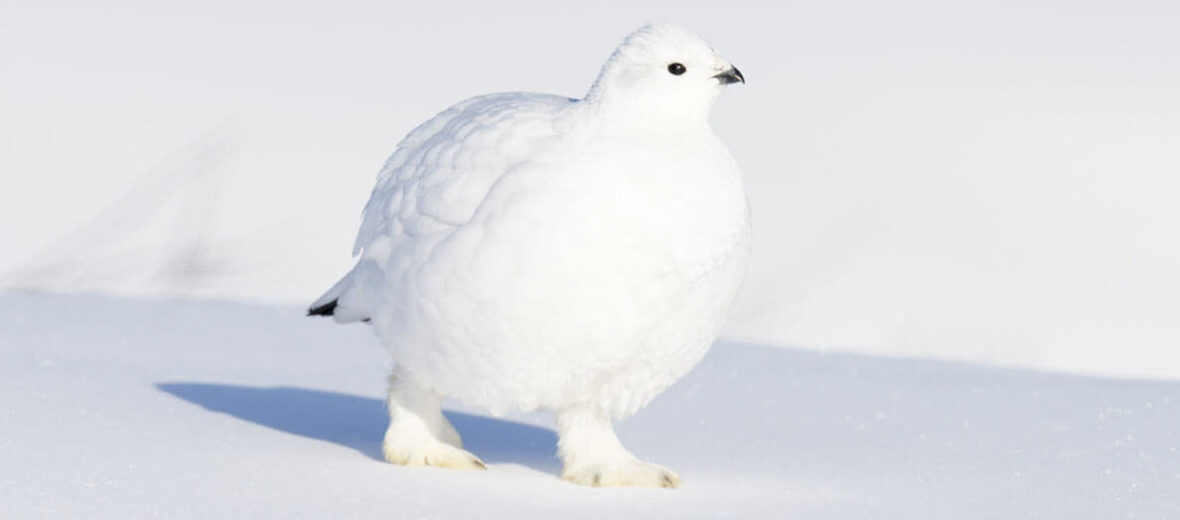
The Arctic grouse (aka: ptarmigan, rock ptarmigan, snow chicken, raichō, white grouse, and more) is a member of the pheasant family. There are 18 known species of grouse can be found in the Arctic and subarctic regions of North America, Greenland, the mountains of the Alps, the Altay, the Pyrenees, the Urals, Japan, and Scotland. These birds prefer scrubland, deciduous forests, moorland, prairie, and tundra. Hunting and habitat destruction claim millions of these birds every year. 3 species: Attwater’s Prairie Chicken, Gunnison grouse, and Cantabrian capercaillie are currently listed as Endangered by the IUCN. The Arctic grouse is listed as Least Concern.
First the Stats…
Scientific name: Lagopus muta
Weight: Up to 1.2 lbs.
Length: Up to 17 inches
Wingspan: Up to 24 inches
Lifespan: Up to 13 years
Now on to the Facts!
1.) The grouse are technically omnivores that eat plant buds, berries, leaves, flowers, seeds, and insects.
2.) There are an estimated 8 million of these grouse in the wild to date.
3.) During the winter months, ptarmigan will carve out a niche in the snow, about 10 inches deep, to help insulate themselves from the cold.
4.) Their nostrils, legs, and toes are densely feathered to regulate their body temperature and their feathered feet perform the same function as snowshoes.
5.) In Japan, these grouse are not only protected but are the official bird of the Toyama Prefecture.
But wait, there’s more on the Arctic grouse!
6.) In Japanese the name Raichō means “thunder bird.”
7.) The primary predators of Arctic grouse are bobcats, foxes, coyotes, lynx, and birds of prey.
Did you know…?
The Arctic grouse is precocial in that they are fully independent almost immediately after birth. An example of this is the fact that they can fly, up to 5 days after birth!
8.) Mating season takes place during the spring.
9.) Nests are lined with grass, lichens, feathers, and leaves.
10.) Up to 13 chicks are born per clutch!
Now a Short Arctic Grouse Video!
Also, check out the Critter Science YouTube channel. Videos added frequently!
Want to suggest a critter for me to write about? Let me know here.




Leave a Reply